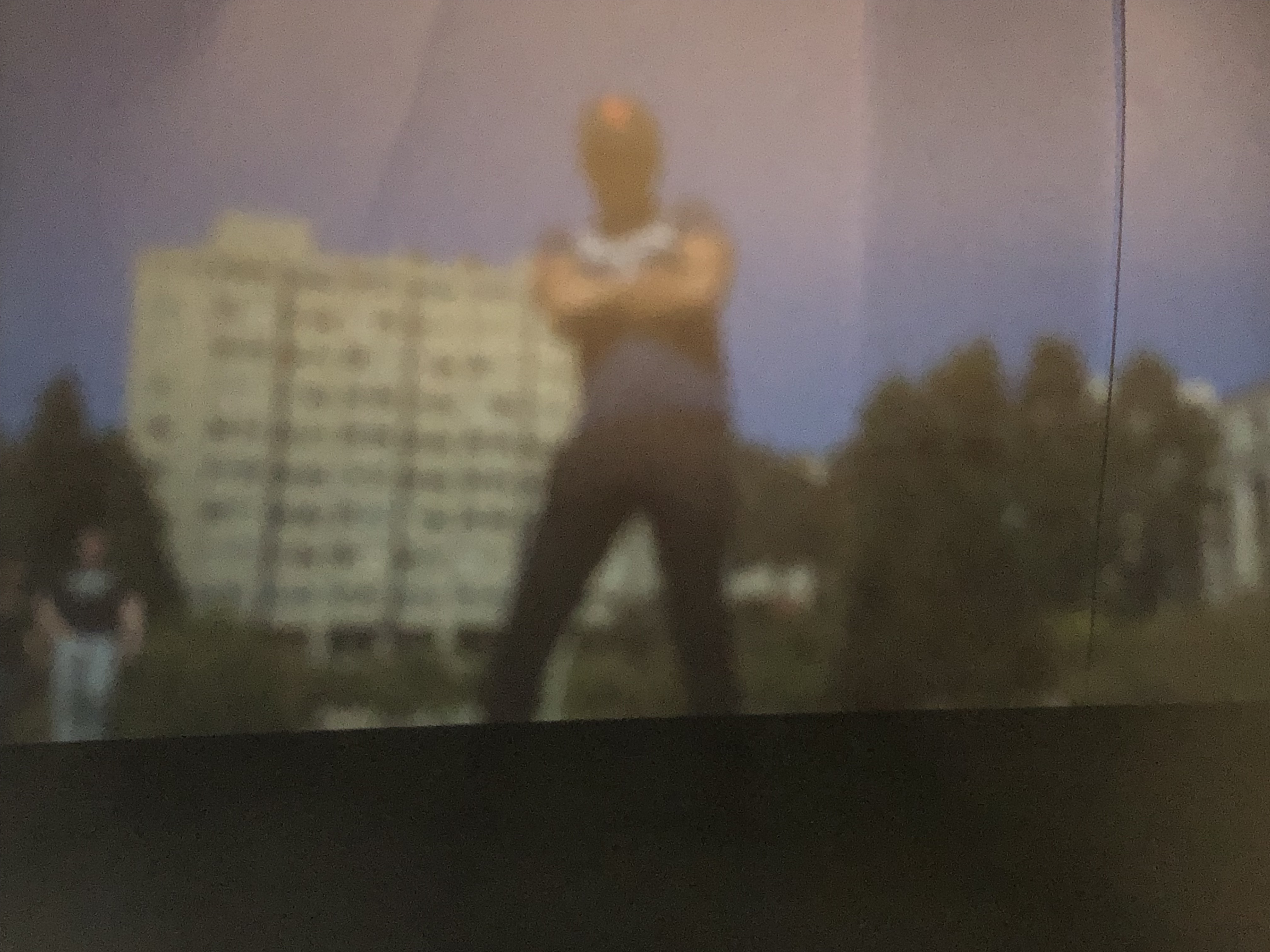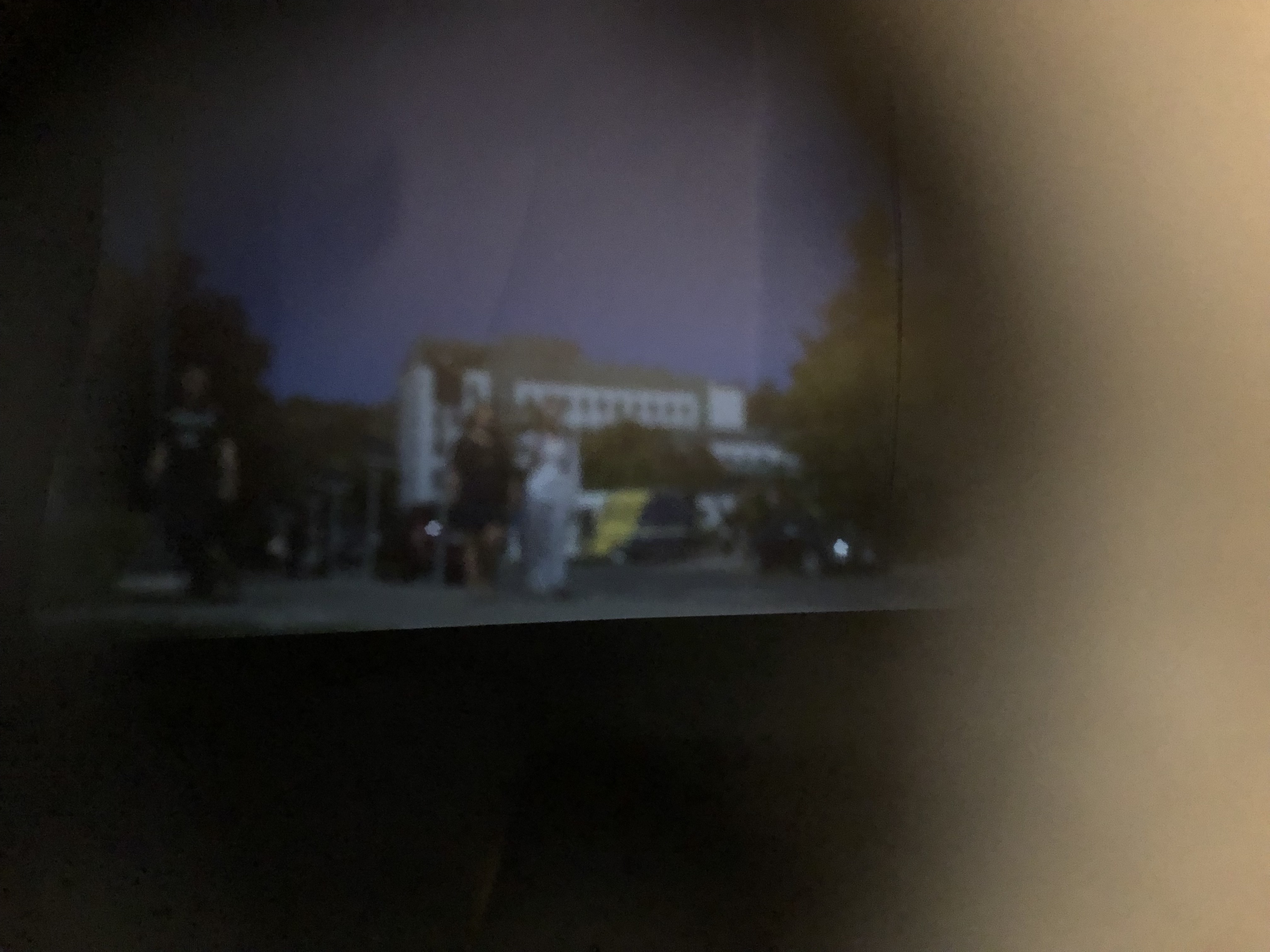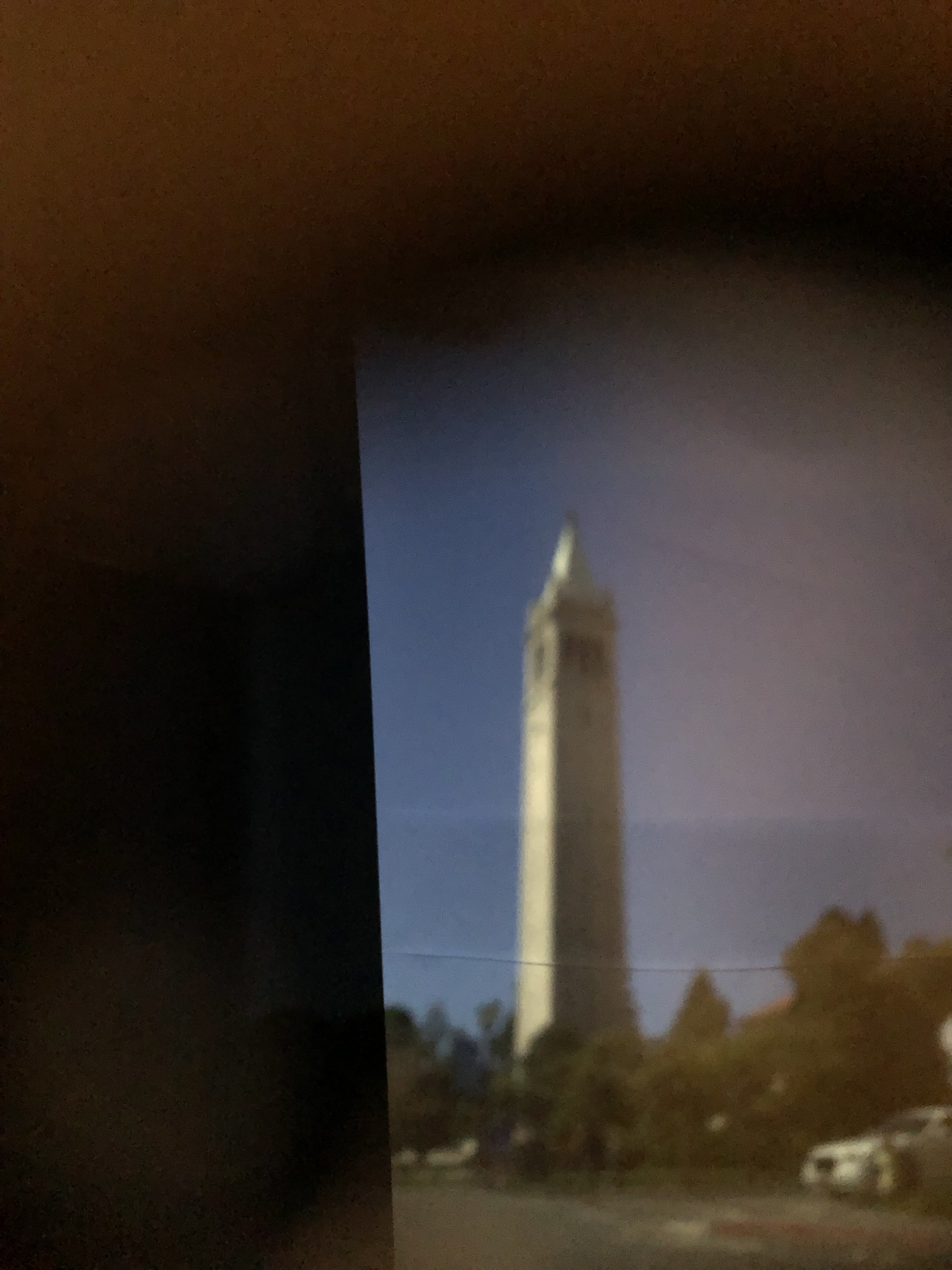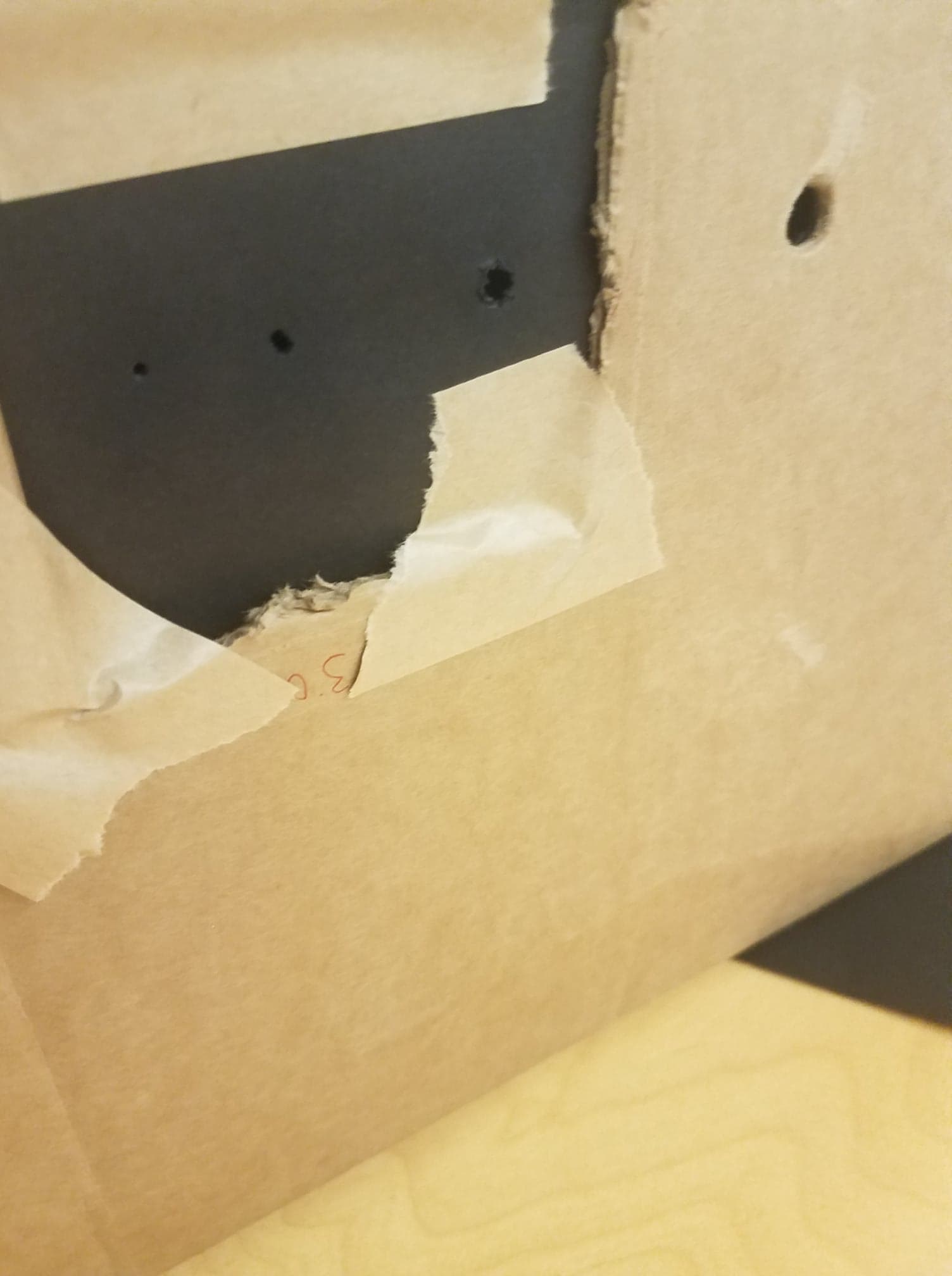Evans
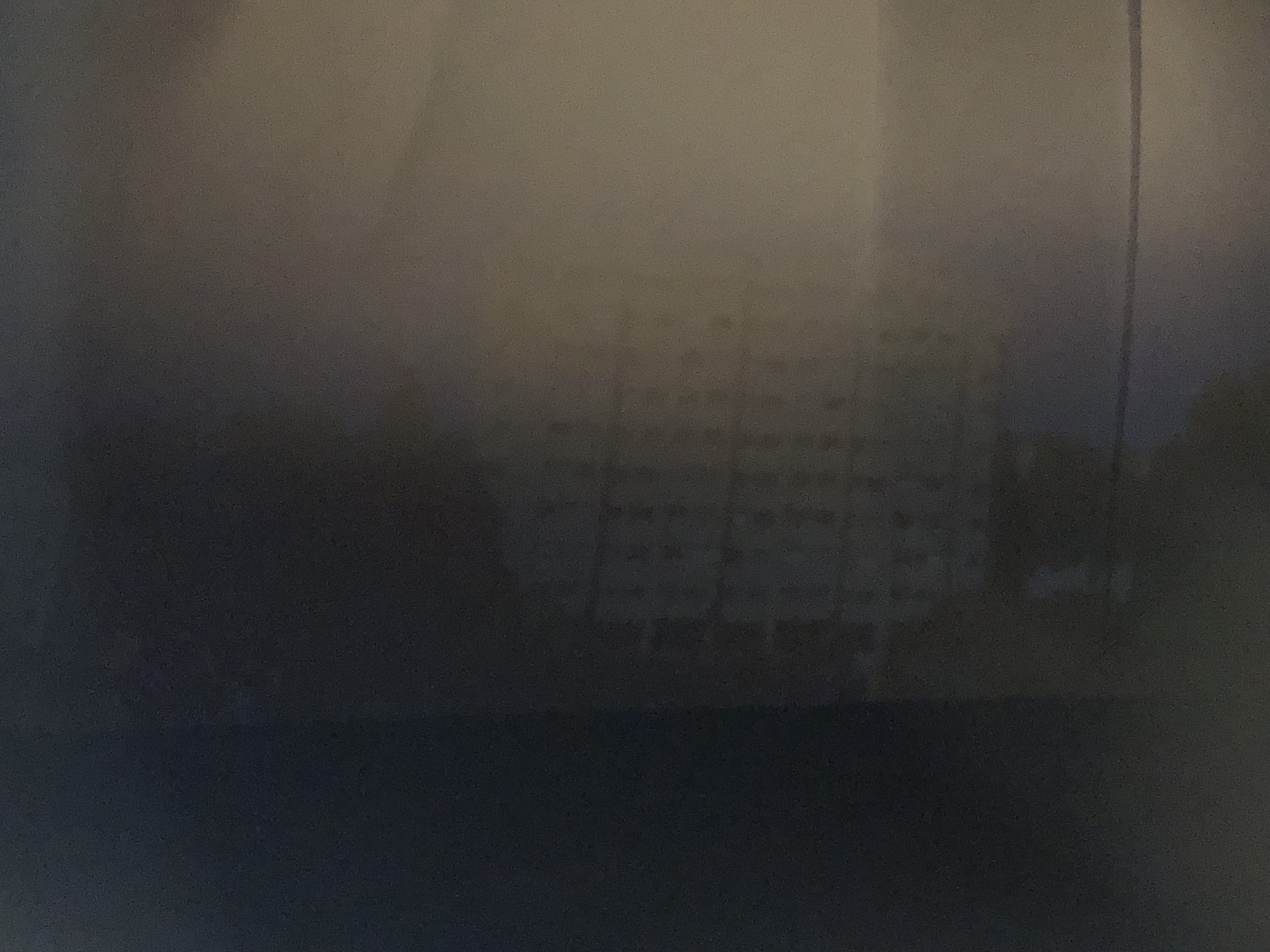

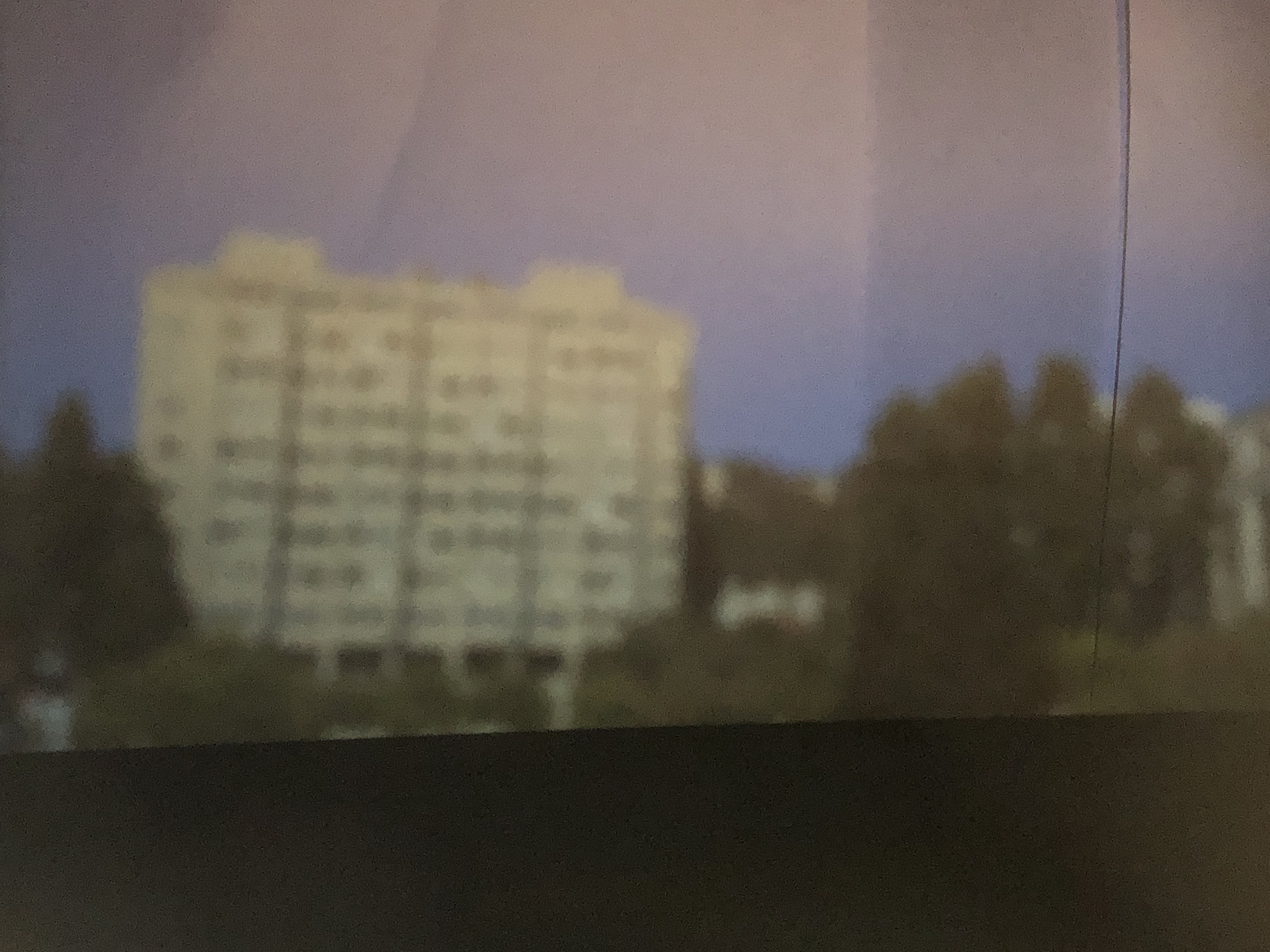



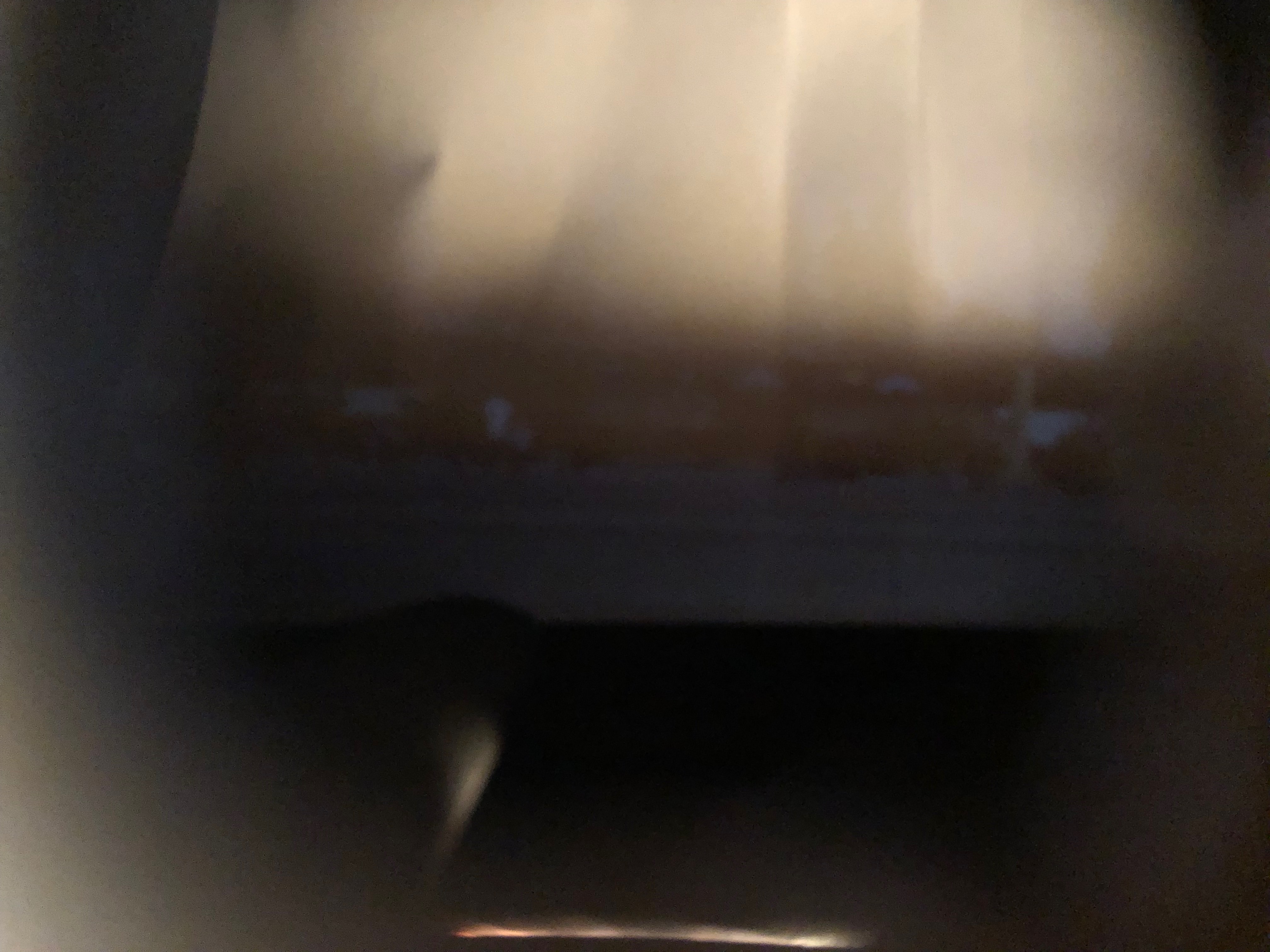
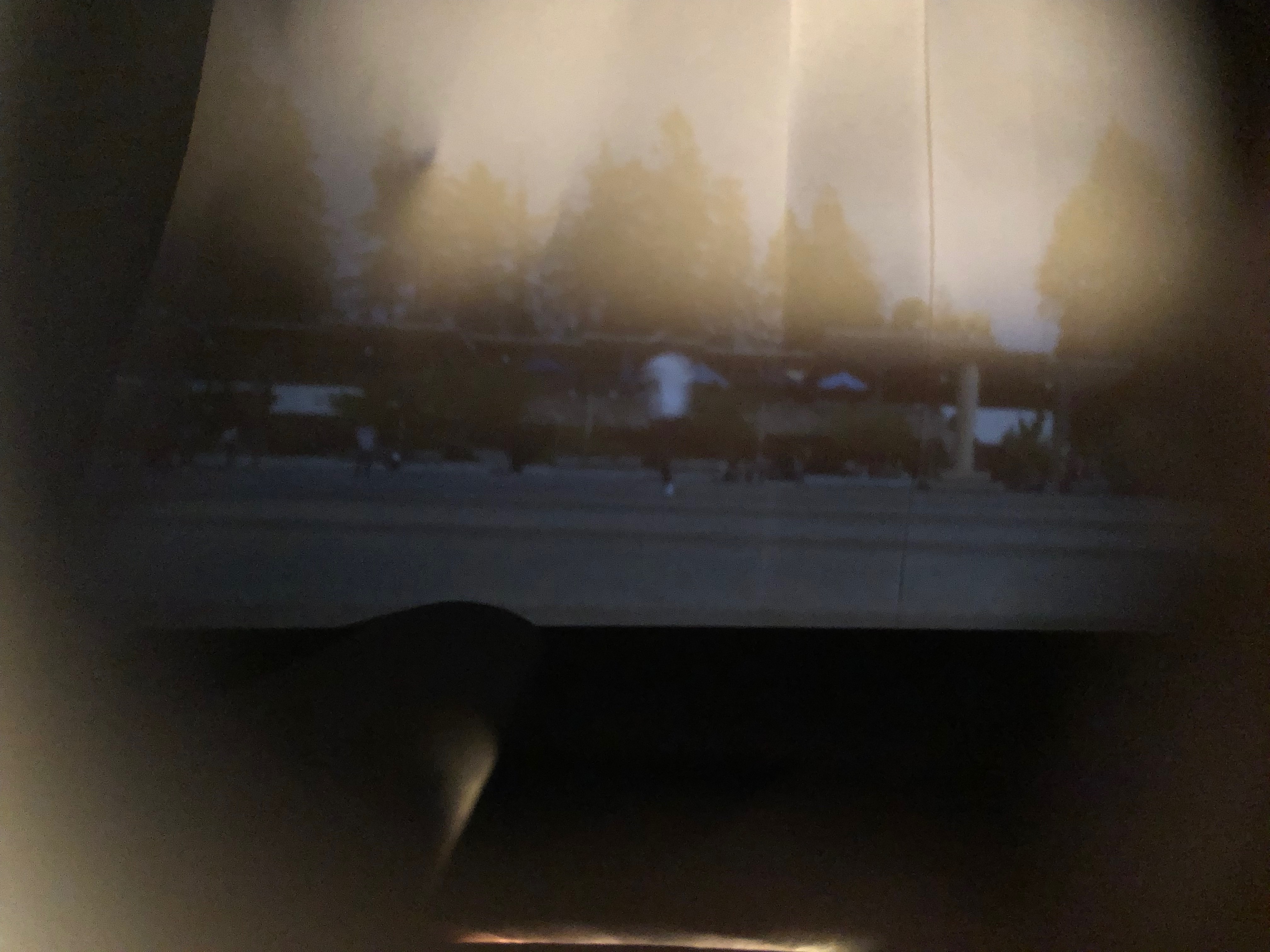
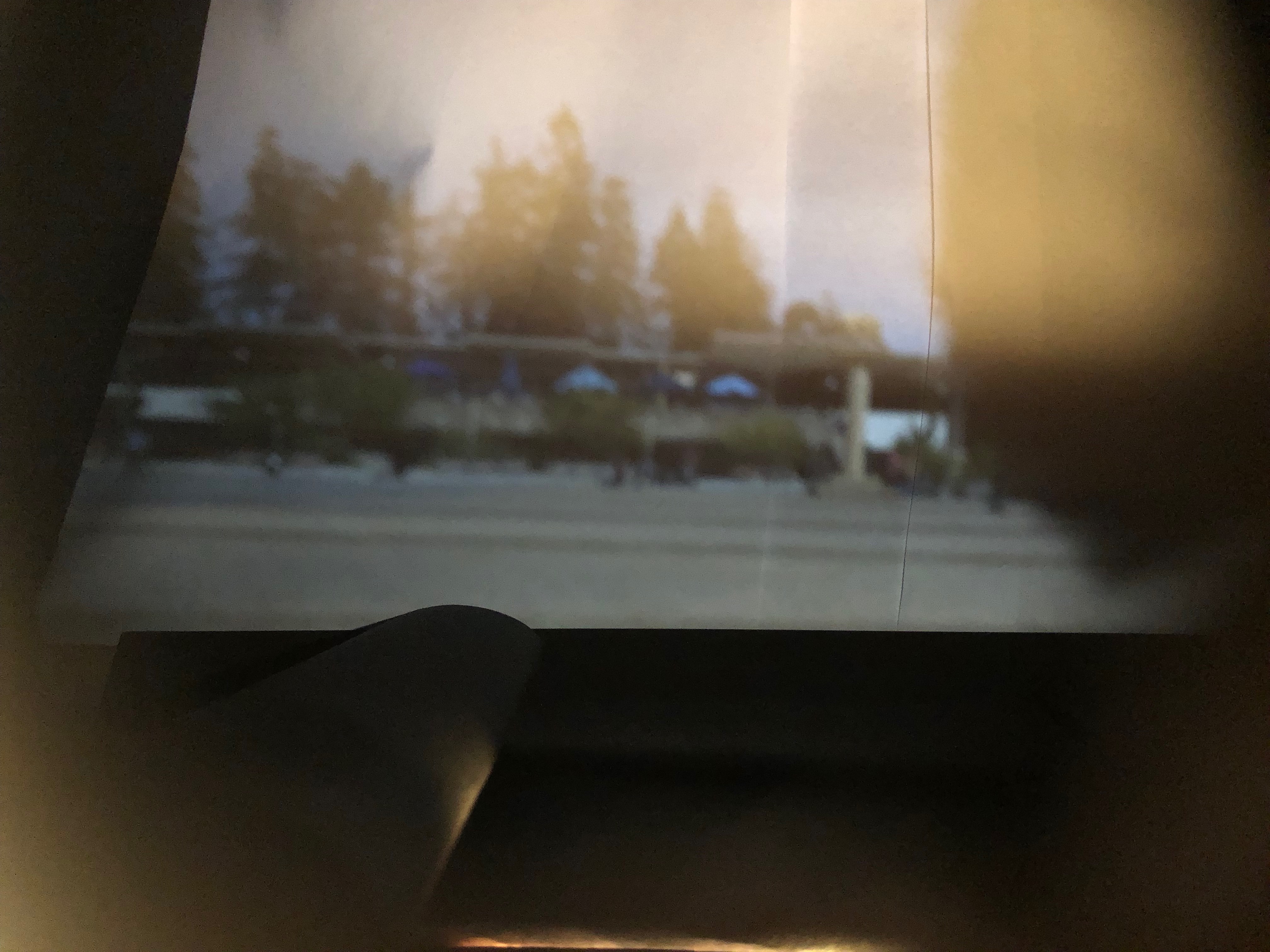
Based on the images we captured using 1mm, 3mm, and 5mm diameter pinholes, we see that 5 mm diameter pinholes produced the best image. This is because the 5mm diameter pinholes let in the most light, and for the 1mm and 3mm pictures, there wasn't enough light to capture a very recognizable image. Below are some images captured using the 5 mm diameter pinholes. One caveat of using larger pinholes instead of smaller pinholes is that the larger pinholes result in more blurry photos. The Evans picture series demonstrates this as it is quite easy to tell that the 3mm picture is more focused than the 5mm picture. The reason for this is that larger pinholes result in larger light rays entering the shoe boxes. With images, it's ideal for light to be focused and concentrated for sharper images and better focus. With more diffused light resulting from wider light rays, the image is not as crisp since the light isn't as focused. This can be seen with camera apertures as well. Smaller f-stops (larger aperture hole) capture close objects well, but leave far objects blurry, while larger f-stops (smaller aperture hole) capture far objects clearly.
